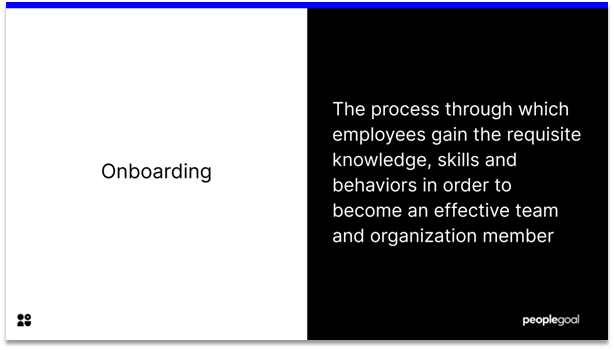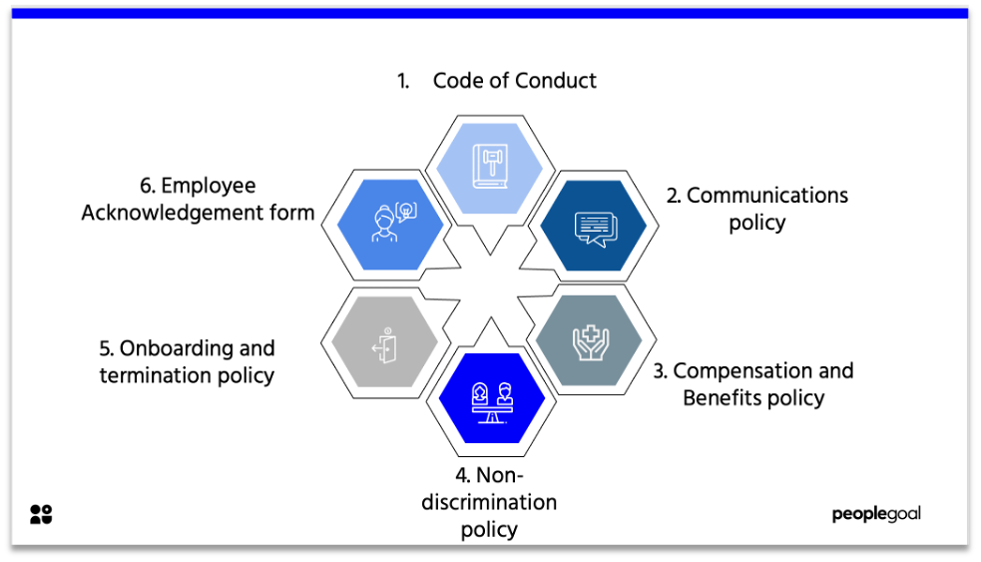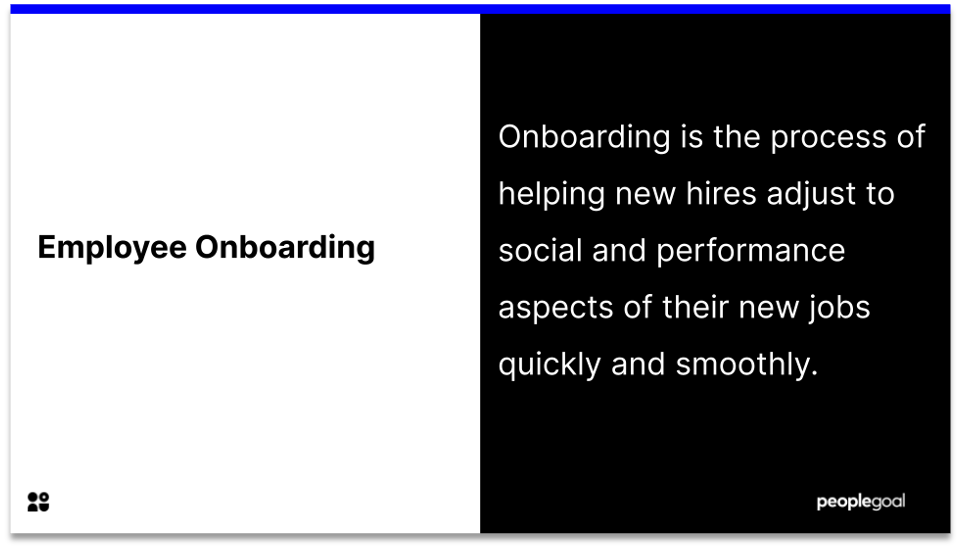Whether you like it or not, onboarding does matter. Employee onboarding process steps definitely matter to your new employees and they should matter to you. You don’t want to lose a potentially great employee because their first impression of your company was poor or they didn’t get the guidance and support they needed to understand their role and settle in in your company. If you aim to retain your best talent and create engaged employees you need to provide them with a satisfactory employee experience.
It’s been proved that an effective onboarding process is a must-have: one that will enable new employees to understand their new role and to learn how to do their job well. Research shows that employees who enjoy a longer onboarding experience gain proficiency 34% faster than employees who have been through shorter onboarding processes.
Sadly, onboarding is still not given enough focus by the majority of companies. We often miss the importance of details and the small things we deal with on a day-to-day basis. But try to think back to when you first started your job! The best way to get on top of a new job quickly is to understand the organizational structure of the company, and to do so someone needs to show you. With that in mind we have a handy list of the key steps to developing a successful onboarding strategy.
1. Before the first day
Send new hire documents online
Send all the necessary documents prior to the first day. Take the pressure off of your back and give your new hire time to collect all the required information. The documents sent before the first day should include a personal welcome letter from the CEO or the manager, the contract, and an overview of the company values and its mission.
Map out the first week
Having an agenda for the first week will allow you to think through the essential meetings, training and activities for your new hire to enable them to successfully start off their new job. Even if things do change a little bit, an agenda will make the process smoother and reduce the stress levels of your new employee by letting them know what is ahead of them.

Set up the desk, tech and software
It leaves a bad first impression if a new hire shows up and there is no desk, no laptop, and very little infrastructure ready to support them. It will make your new joiner feel excluded from the company from the very start, and what effect is that going to have on their motivation?
Get the team onboard and ready for the new hire
Make sure the wider team is aware of the new person joining them. Let them know the new hire’s job role, their background, their key responsibilities and who are they reporting to.
Schedule ahead
Scheduling regular check-ins before the new hire joins will allow you to stay on top of the process. Regular check-ins are essential at the start of a new job to provide support to the new employee and to assure their progress. It’s also a great way for you to get feedback on the all-important first impression you’re making.
2. On the first day
Take an office tour
Show the new hire around and introduce them to their new colleagues. You might also want to discuss the usual lunch arrangements and other unwritten rules of the company to make settling in easier for them.
Discuss the first week’s schedule
Devote some time to go through the agenda of the week with the new hire. See if they are clear on it and whether they have any questions. A tricky part about onboarding is that it all seems straightforward and easy to you now, but try to remember what it was like when you joined the company. The little things that you consider so natural now are what makes the difference to the experience of the employee.
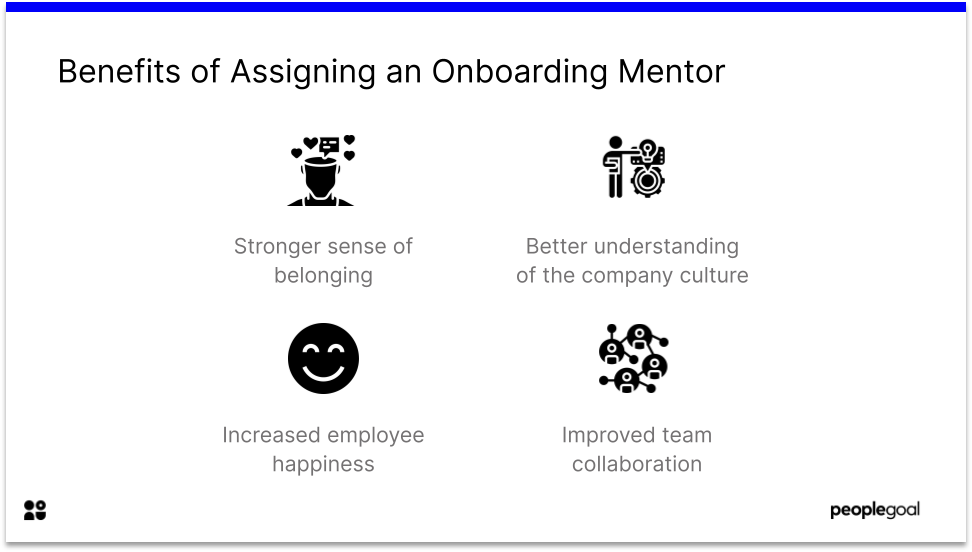
Assign a mentor
Having a mentor is considered one of the most effective tactics to develop a successful onboarding process. It’s beneficial to both parties and encourages conversations and developing relationships in the organization that support a strong company culture.
3. In the first week
Walk them through important procedures and standards
As mentioned before; just because you take all the procedures and standards as clear and straightforward doesn’t mean your new employee will too. They don’t have to deal with them on a daily basis as you do, but if you explain them well they are likely to follow them to your standard.
Introduce the company culture
Company culture can be tricky to explain. It’s worth taking the time to discuss the unwritten rules, common events and activities in as well as outside of the office. Introducing a company culture to your new employees will help them to integrate quicker and catch up with the pace of your organization.
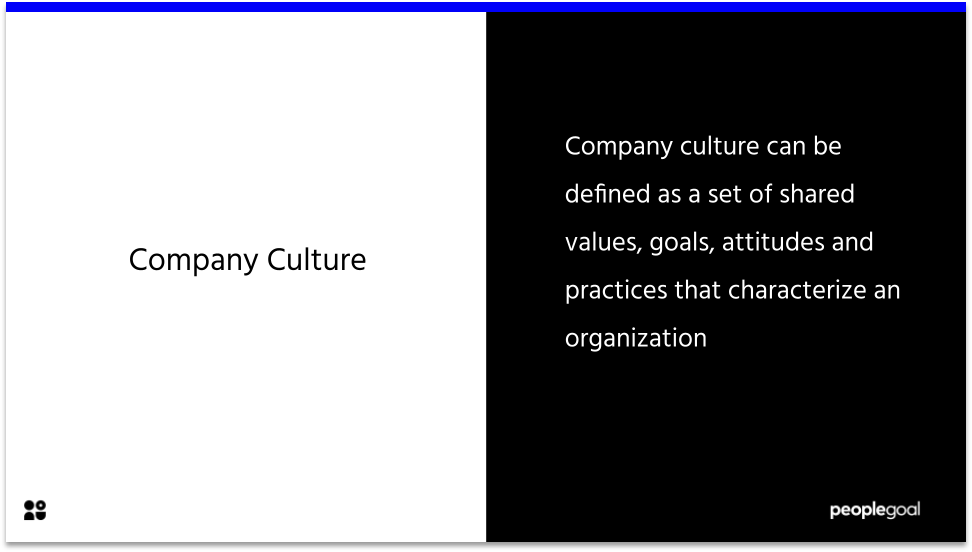
Offer training
Often after a new hire joins a company they are left to their own efforts to learn the job and find their way around. And yes, promoting independence is important, but do not let your new employees reinvent the wheel. Show them everything you already know so they can outsmart you on how to do it better. Provide the new employees with all necessary training – the time is going to be worth it.
4. After the first month
Encourage open communication
Communication is key. Ensuring your new employee feels comfortable talking to you and asking questions can make their entire onboarding journey much faster. It’s essential to make sure they do feel encouraged to ask questions and to speak up if anything needs more explanation.
Give feedback
After the first month you might feel like your new employee has integrated just fine, or they might need few more weeks to find their feet. The important thing is to let them know how they are doing. Providing ongoing feedback is key for professional and personal development of your employees. If feedback is given in an open and honest way, they will undoubtedly appreciate your words – good and bad. Just remember to be encouraging and to provide them with any support they might need.
Offer support
Yes, support is important – more then you might think. Whether it is through feedback, training or personal and professional advice, make sure your new hires know where to go to get it.
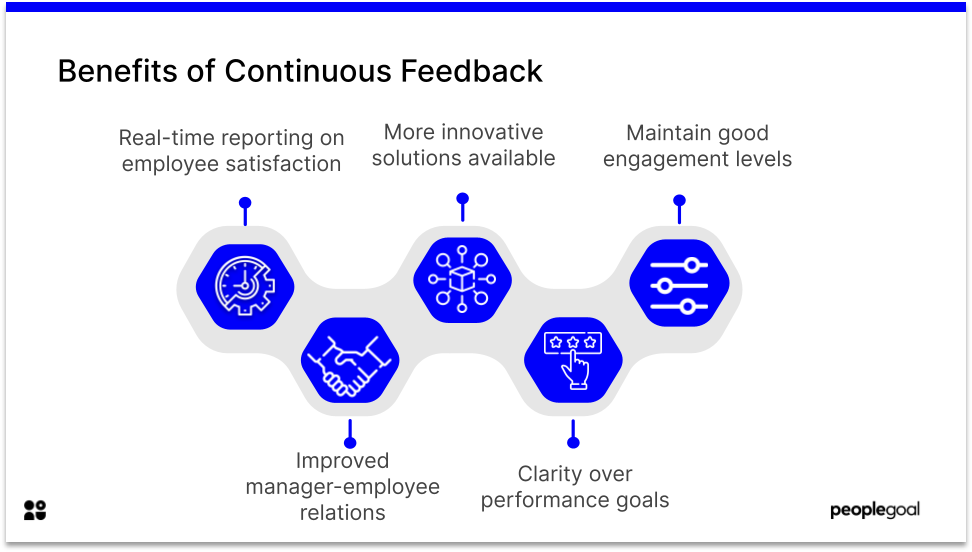
5. After the first 90 days
Encourage independence
It is fundamental to provide your new joiners with support and guidance but it is equally as important to avoid micromanagement. Make sure your employees feel empowered and able to show their own initiative to improve the performance of your company.
Build a career path
Humans are maximizing machines built to always strive for the next challenge. If you want to retain your best talent and grow your organization you need to provide your employees with space for development and a clear career path. Otherwise, they will go and look for it somewhere else.
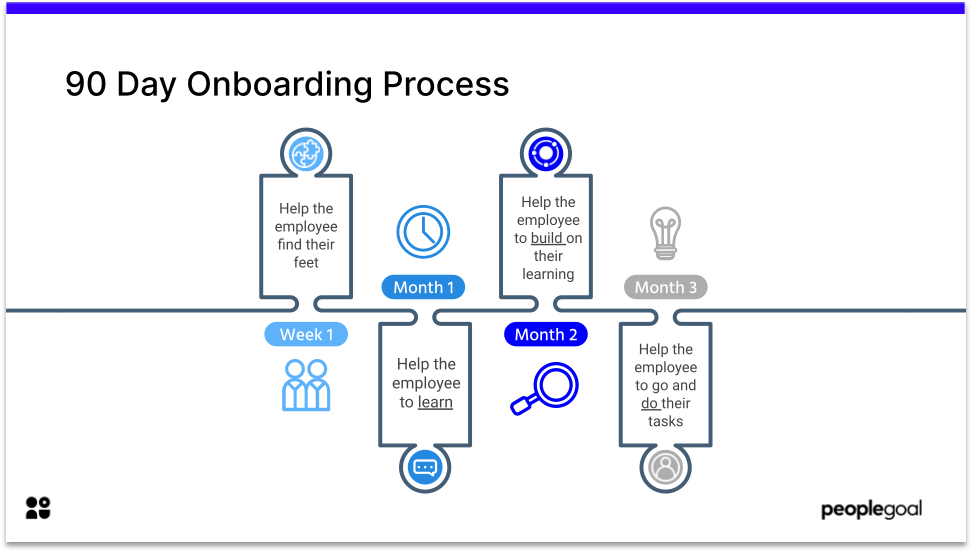
The first performance review
Performance reviews provide space for an employee and their supervisor to give praise and discuss improvement. With the shift towards ongoing performance management, a first “mini review” should happen within the first 90 days. Discuss the level of proficiency they’ve gained, what’s gone well and where improvements need to be shown.
These are the 5 essential steps for an effective employee onboarding process. They might sound like a lot of work but investing the time in oboarding a new hire will pay off in the long run. While these are the key moments in an employee’s experience, you should ensure they get the required support even after their first 3 months with your organization.
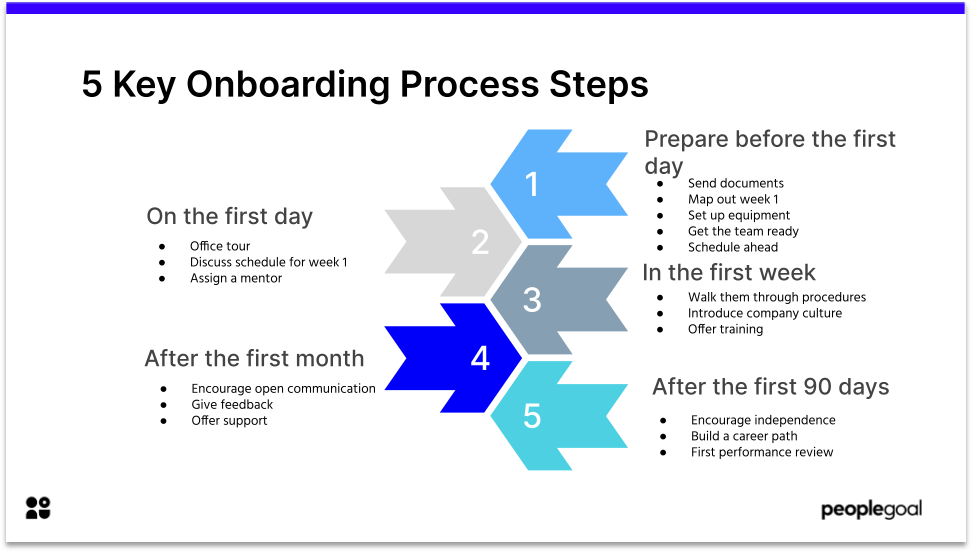
Ready to 3x Your Teams' Performance?
Use the best performance management software to align goals, track progress, and boost employee engagement.



